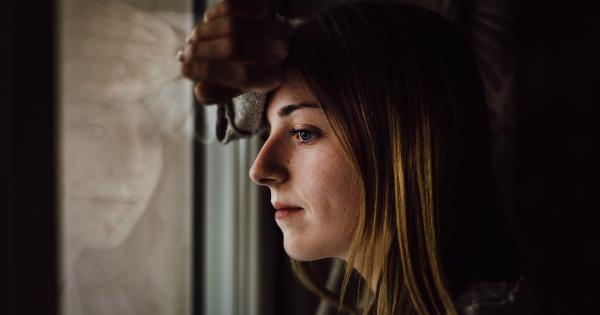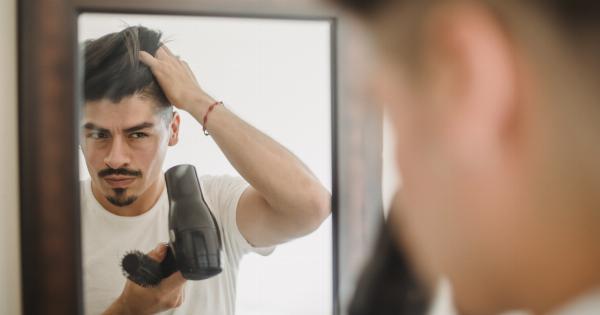Hair extensions are a popular choice for women who want to add length or volume to their hair. These extensions come in a variety of styles, including sew-in, clip-in, and tape-in extensions.
While hair extensions can be a great way to achieve the look you want, they can also pose some risks to your scalp health.
Understanding Scalp Damage Caused by Hair Extensions
Hair extensions can cause damage to the scalp in a number of ways. One of the most common causes of scalp damage is the tension that is placed on the scalp during the installation process.
The weight of the extensions can pull on the natural hair, causing it to break or become damaged.
Another possible cause of scalp damage is the use of adhesives. Adhesives are often used to hold clip-in or tape-in extensions in place, but they can cause irritation or even an allergic reaction in some people.
When the adhesive is removed, it can also pull out natural hair or cause damage to the scalp.
Finally, poor maintenance can lead to damage to both the extensions and the natural hair.
Tangled extensions can put additional stress on the scalp and natural hair, and if the extensions are not properly cared for, they can attract bacteria and other harmful microorganisms.
The Risks of Scalp Damage
The risks of scalp damage caused by hair extensions can be significant. In addition to physical discomfort, such as itching or soreness, scalp damage can lead to hair loss or even permanent scarring.
In some cases, scalp damage can also lead to more serious conditions, such as infections or skin conditions.
Preventing Scalp Damage
Fortunately, there are several steps that you can take to prevent scalp damage caused by hair extensions. The most important step is to choose a qualified stylist who has experience installing and maintaining hair extensions.
Your stylist should be able to recommend the best type of extensions for your hair type and ensure that they are installed properly.
You should also take care to properly maintain your extensions and natural hair. This may include regular washing and conditioning, as well as avoiding excessive heat styling or pulling on the extensions.
If you notice any discomfort or signs of damage, such as redness or hair breakage, it is important to address it immediately.
Removing Hair Extensions
When it is time to remove your hair extensions, it is important to follow proper procedures to minimize the risk of scalp damage. If you have sew-in extensions, your stylist should carefully cut the thread and remove each row of extensions separately.
Clip-in or tape-in extensions can be removed more easily, but it is still important to take care to avoid pulling on your natural hair or scalp.
The Bottom Line
While hair extensions can be a great way to achieve the hair of your dreams, they can also pose some risks to your scalp health.
By understanding these risks and taking steps to prevent damage, you can enjoy your new look while keeping your scalp and natural hair healthy.


























